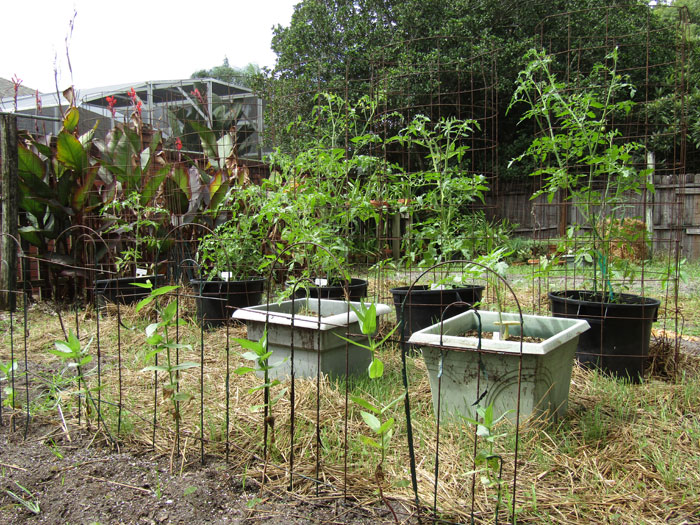Here is hoping you have started a great vegetable garden. If you are thinking of fall vegetables don't wait a bit longer to begin your plantings. It may already be too late for some of the warm season crops but there are plenty of cool season vegetables and herbs waiting.
Start with the easy to grow broccoli, cabbage, cauliflower, collards, potatoes, spinach, Swiss chard and turnips. Then gradually add the plants that really need the cold in November like beets, carrots, lettuce, onions, radishes and rutabagas. And don't forget all the great herbs that should be restarted during the fall. If the weather is too hot, cool season loving plants often grow lanky, produce all tops or rot. You do have until about February to get these crops in the ground or in containers.
Find the best garden spot. It has to be in a sunny area to be really successful. Leafy crops might grow and give yields in filtered sun but they are never as plentiful. Next improve sandy soils. Work in lots of organic matter then have the soil tested for acidity. You may have to adjust the pH which you want to do before planting
If you are growing crops in containers, use a fresh lose potting soil. Large grown crops need a big container where smaller growing selections can grow in window box or six inch containers. A nice thing about containers is they can be moved about to follow the sun throughout the fall and winter seasons. You can also move them to a warmer spot if severe cold is expected.
Fall starts the herb season. As the days grow shorter and the nights a bit cooler, gardeners can restart their herb plantings. Some like to grow their herbs in beds while others keep them in containers. Either work to grow some great seasonings for the kitchen. Start the herb plantings with a well-prepared soil. Here too work lots of organic matter into sandy soils and use a good potting soil in containers. Then pick the herbs that grow best for you. Some reliable selections are basil, chives, mint, oregano, parsley, rosemary, sage and thyme.
One secret to good herb harvests is to keep the plants growing. Provide in ground beds with light feedings of a general garden fertilizer every 2 to 3 weeks. Or, apply a slow release fertilizer to container plantings following label instructions. Also, keep the soil moist and use your herbs. By harvesting the leaves and shoots you keep the plants producing their young tender portions.

